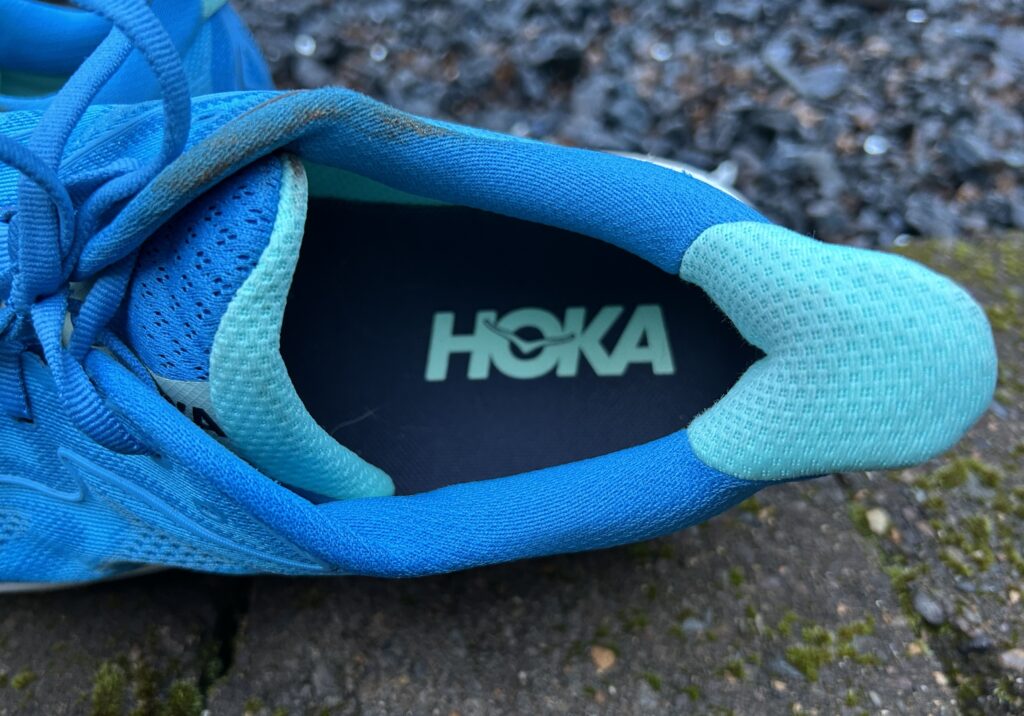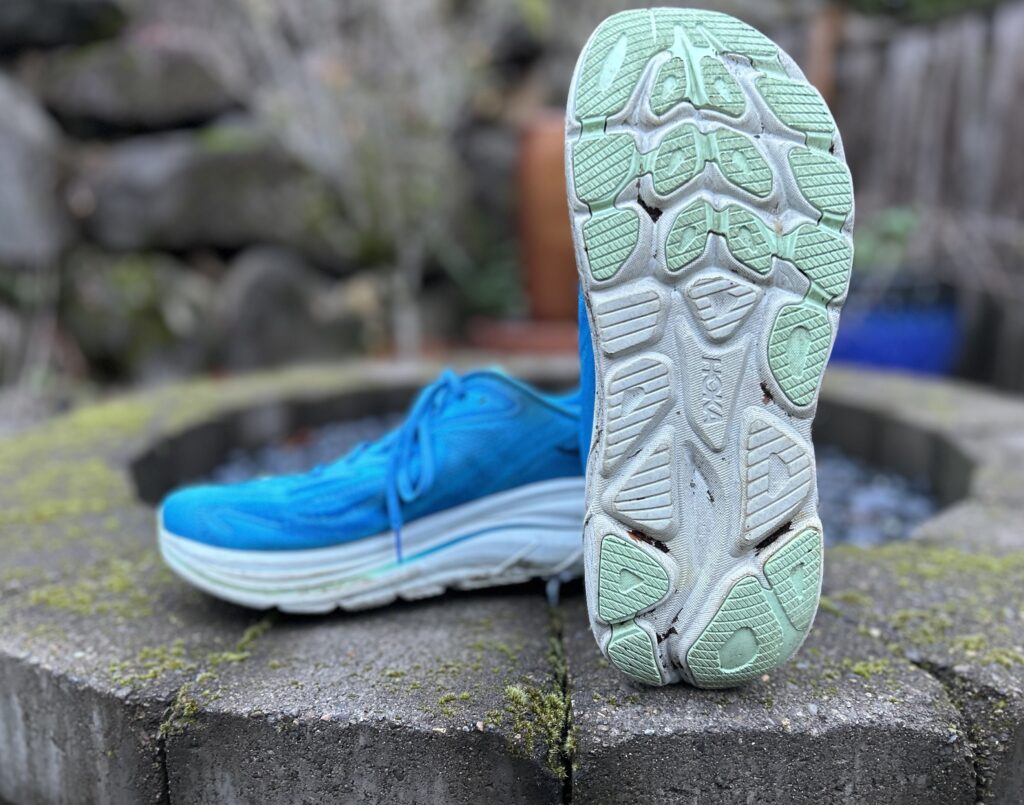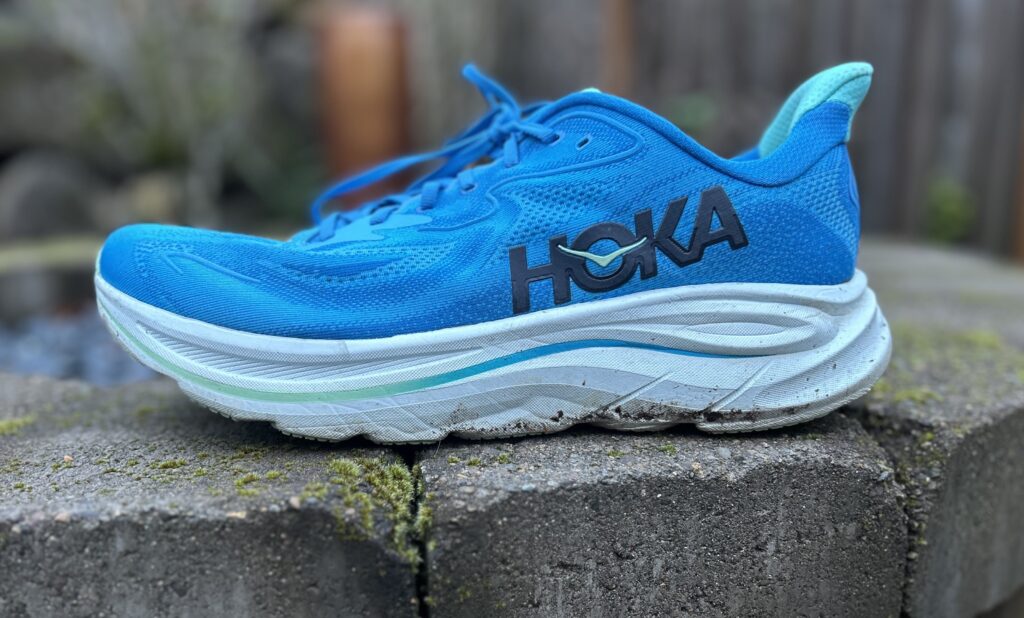When Does a Product Need a New Name?

Product naming can be a critical ingredient of the success of the product itself. The name keys into all of the marketing programs. It’s determinative of the overall “stickiness” of when you think of a certain category, or the top-of-mind awareness. Getting it right can be the difference between whether that product sinks or swims.
In our world, usually that naming convention conversation is tied to a brand, as opposed to an individual product. If you were to ask the average triathlete, for instance, what bike they ride, they’re probably responding with the manufacturer as opposed to a specific model. (And as of right now, most of you are responding with Canyon, Cervelo, Trek, or Quintana Roo as your answer). Same with the wheels on that bike; you’re probably not telling people which model of DT Swiss wheels you’re using.
Shoes, though, are another matter. Shoe models take on a bit of life on their own. The classic example of this is the evergreen Nike Pegasus. The original generation of the shoe came out in 1983, and it has served the same purpose in Nike’s product line: it’s Nike’s meat and potatoes mileage shoe for those looking for a neutral, well-cushioned trainer. Sometimes the technology in the shoe changes a bit, but in the realm of Nike shoes, it’s much the same thing.
And then there’s HOKA.

They broke just about every brand rule by changing their name a few years ago, dropping the One One that had been with them from launch. They’re just HOKA. And yes, it’s all caps. They’ve never been one to entirely do things by the typical run brand playbook. Who would have thought making a shoe with that much foam could still be stable and light? Yet here we are, with HOKA pushing Brooks for the top spot in run specialty doors, with ASICS not far behind.
So perhaps it shouldn’t be too much of a surprise to discover that HOKA also likes to play fast and loose with the model names of their shoes. Take, for example, the X versions of some of their shoes, which denote whether there’s a plate in them. In certain cases, like the Mach and Mach X. You’d probably think that the two of them would be quite similar, given the name. Yet they’re entirely different in how they fit and feel. They just share a name.
But those are also shoes that are relatively new to HOKA’s product line; you could be forgiven for understanding that they aren’t necessarily related. Then there are shoes that have been here for a decade or more now, like the Bondi and the Clifton. It’s the latter that I’ve been putting some miles in lately, and it’s making me ask the question that is the title of this article:
When does a product need a new name?
The Clifton’s Now What the Bondi Used to Be

The Clifton and the Bondi have been linked together since the Clifton first came on the market a decade ago. The Clifton was meant to be the lighter, racier, less cushioned shoe. The Bondi, meanwhile, was the plush, luxurious mileage eater. You might train in the Bondi and race in the Clifton, for instance. There were lots of shoes paired up like this, like Mizuno with the Wave Rider and the Precision. (More on Mizuno and this naming thing in a minute.)
As HOKA has become, well, a billion dollar enterprise, two things have happened to their product line. First, there’s a lot more shoes on offer than there used to be. There are 199 footwear SKUs alone, from track spikes to orthopedic footwear and everything in between in nearly every color you could dream up. It is a lot to try to sort out on your own — and as a former specialty run dealer, it’s why we always recommend going to the store for a fit to at least help narrow your options down.
With all those additional shoes brings many more people to the HOKA fold. And that’s the second piece of this puzzle — the audience of a shoe can sometimes dictate a shoe’s evolution. The Bondi quickly became the go-to shoe for someone who wanted more cushioning. Because it was also a stable platform and wide-fitting, it also made it home for many clients with orthotics, or people who were on their feet for long periods of time at work.
It also meant that what made the Bondi so great for running, well, wasn’t so great for that everyday client. Blown rubber outsoles and exposed midsole meant premature wear patterns. And most people will look solely to the outsole as determinative as to whether a shoe has worn out. Materials get swapped out to add durability. Those things add weight, add rigidity, and make the shoe just different.

It’s much the same story with the Clifton. The current generation shoe is a full two ounces heavier than the original generation shoe. It’s actually the same weight, now, as a Bondi was in 2015. Much of that comes in the midsole, which is thicker than ever. It’s also moved from a 5 millimeter drop platform to a whopping (for HOKA, anyways) 8 millimeter drop. HOKA’s own product description now refers to the Clifton as a “trusted trainer for daily maintenance miles” and that this generation is part of “ushering in a new era of plush performance.”
And, to be clear, it very much delivers on that promise. The Clifton is stable. It’s well-cushioned. It eats miles and asks for more. It is incredibly comfortable to put miles in. It’s particularly a standout in the varied terrain that we have here near Slowtwitch’s PNW outpost. It goes both up and down hill quite nicely. Perhaps the only niggle I’ve found is that the left shoe occasionally feels like I’ve gotten a rock stuck in the center of the heel, only to discover nothing there. In other words, it accomplishes what HOKA says it should be doing. It’s a perfectly acceptable trainer.
The problem, though, is that it’s simply not the lightweight, cushioned, edging on performance shoe that it was originally intended to be. And that’s where I return back to the thesis: should this even be called a Clifton anymore? If anything, perhaps this generation of Clifton should be called the Bondi, and the current Bondi is some other shoe. Or should we just retire the Clifton name entirely?
There’s precedence for such a thing. A little more than a decade ago, Mizuno was in development of the next-generation version of the Precision. As it was working through the changes, the company came to the conclusion that the resulting shoe simply was not the Precision anymore. It was something else. And so instead it launched the Sayonara. That original generation shoe was special. It remains the shoe I wish Mizuno would bring back.
It’s also true when we look at most of our cycling products. Let’s take Zipp. The 303, 404, and 808 models have been around for decades. The depths of those wheels don’t change. Sure, we’ve gone from aluminum brake tracks to carbon to now disc brakes, but fundamentally, the purpose of those products in the line haven’t been altered. And when mass change came along, Zipp went additive with their products, launching the NSW line with 454 and 858.

I’m pretty sure that based on sales, HOKA would tell me I’m wrong. And that’s OK. I just think that if you launch a product with a specific intention in your product line, if your intentions change, so should the name.




I had a pair of Clifton 7’s. My first and only pair of Clifton’s. I’m not sure how anyone would race in them. They were some of the dullest and uninspiring shoes I’ve ever ran in. They ate up miles but they were not enjoyable to run in even for an easy jog. Maybe it was just that version or maybe the earlier versions were better. Sounds like the newer versions are heavier so I’m assuming it’s much of the same with these new clifton’s?
I suppose it depends on what you find enjoyable to run in.
I prefer something snappy and responsive, but with good cushioning to weight ratio.
The Clifton’s always been on the soft side, but it handled the second part of that equation well.
This shoe? It’s marshmallowy. I like it for runs on tired legs. It feels a little spongy. But considering the amount of concrete sidewalk and significant downhill I now run on, it handles that quite well. Certainly not a shoe that I would race in, now, unless that distance were beyond marathon distance.
I’ve never run in HOKAs and don’t give a flying F about them, nor do I care that much about running shoe branding, but strangely the article was a very good read!
I’ve had a pair of Cliftons since 6 (currently own the 9). I used to use them for everything and still to this day my 5k PB was set in a pair (during covid while I was super fit) and my one and only marathon was done in a pair. I’ve since gone on to own pairs of the Mach and Mach X2 and while I’m (probably) running faster over longer distances than I ever have, I’m yet to get close to that 5k time (although I admit I haven’t seriously targeted it outside of a few 5k time trial sessions to judge my current fitness).
So while they’re not the fastest shoe in the world, most of the time it comes down to the person’s fitness rather than the shoe (who woulda thunk it).
Someone say Clifton?